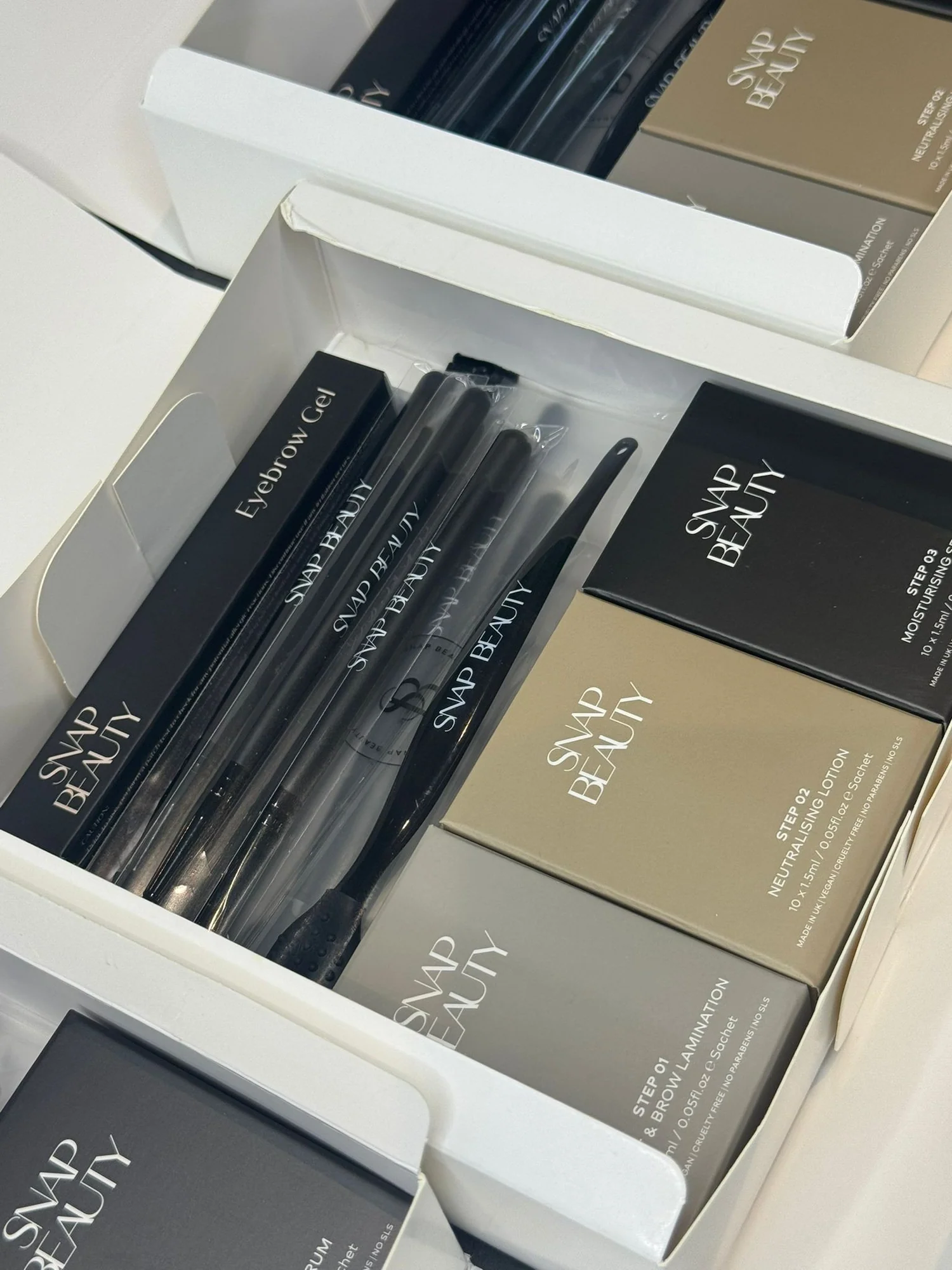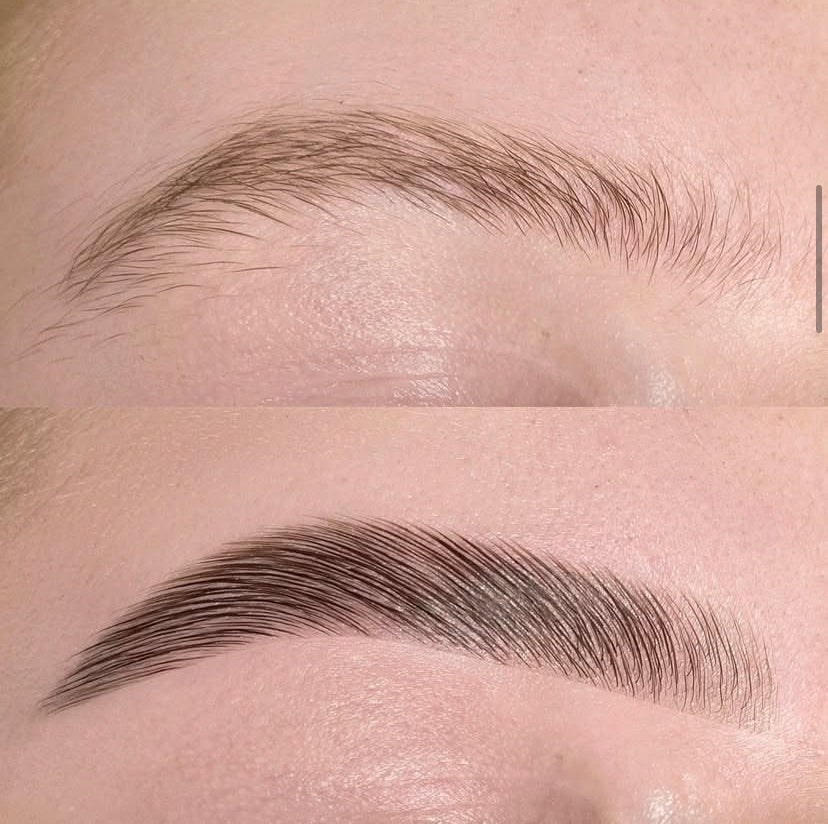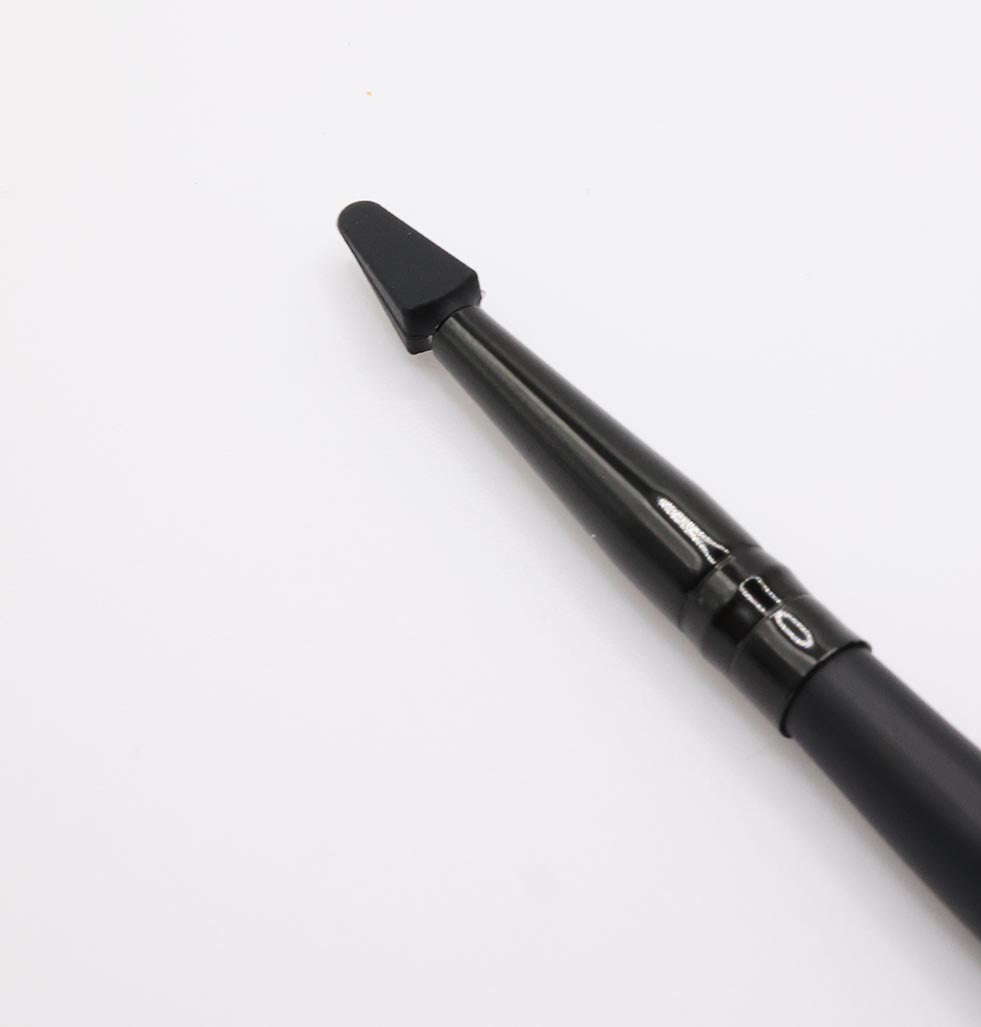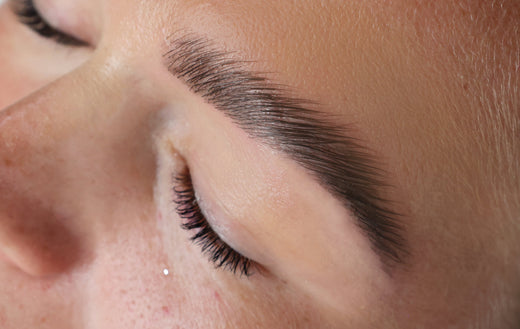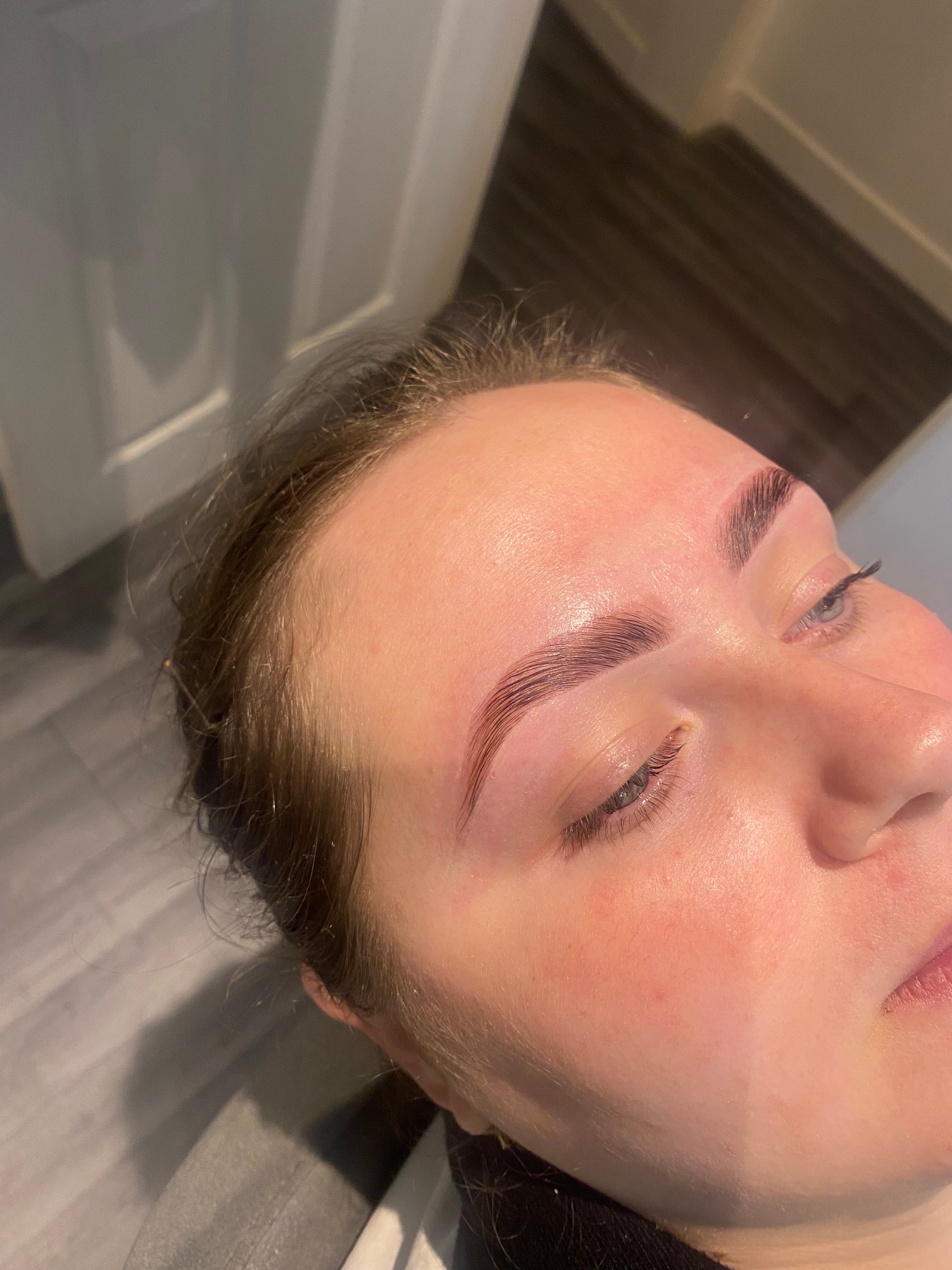Ethanolamine Thioglycolate vs. Cysteamine in Brow Lamination Solutions: What’s the Difference?
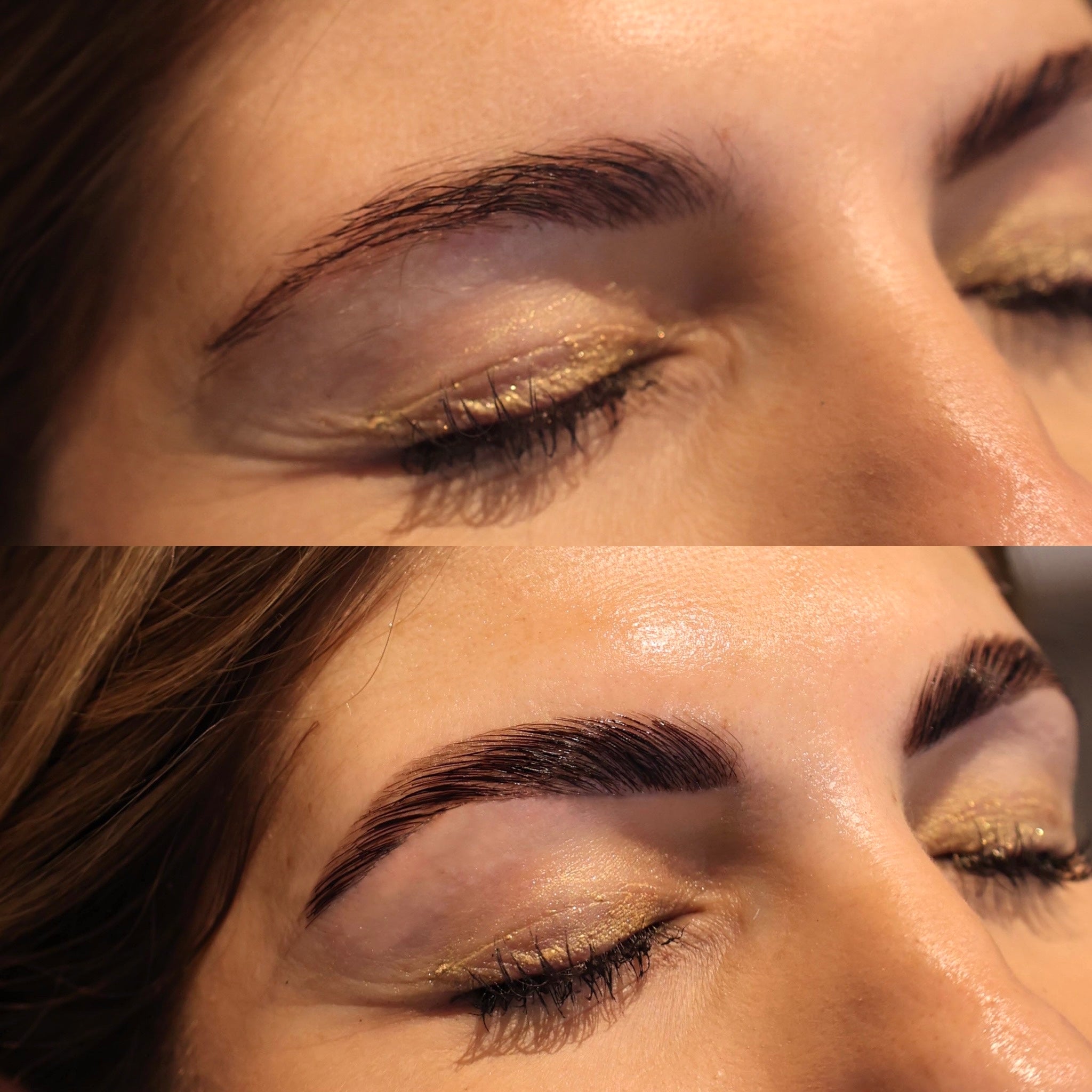
When it comes to achieving perfectly lifted, fluffy brows, the type of brow lamination solution you use makes all the difference. Two common active ingredients found in professional brow lamination kits are ethanolamine thioglycolate and cysteamine. While both play a role in restructuring brow hairs, they work in very different ways and may suit different levels of experience in brow techs. Let’s break down the key differences and help you determine which solution is best for your client base.
What is Ethanolamine Thioglycolate?
Ethanolamine thioglycolate (ETG) is a chemical used in many traditional perming and relaxing treatments. It works by breaking the disulfide bonds in the hair structure, allowing the hairs to be reshaped into a new position. ETG is commonly found in both brow lamination, lash lift and hair perming solutions.
Pros of Ethanolamine Thioglycolate:
-
Provides long-lasting results, keeping brows lifted and hair flexible for 6–8 weeks.
-
Works well for thicker, coarser brows that need a more intense restructuring process.
-
Produces a defined, sleek, silky look with high level of hold.
Cons of Ethanolamine Thioglycolate:
-
Can be more aggressive on the hair and lead to potential dryness or over-processing if not used correctly. This however, can be avoided where proper guidance and training is followed.
-
May cause irritation, especially for those with sensitive skin or allergies. A patch test is always advised for our solutions, we always advise educating your clients properly on how to identify allergies.
-
Sometimes has strong odour, similar to traditional perm solutions. Our solutions contain lots of other ingredients to mask the smell of a strong "perm solution", plus it's quick developing. Any remanence of a smell is short lived.
What is Cysteamine?
Cysteamine is a gentler, amino acid-based compound that also works by altering the structure of hair bonds. Unlike ETG, it does not use harsh alkaline chemicals, making it a preferred option for brow techs that have a large majority of clients with sensitive skin.
Pros of Cysteamine:
-
May work best for sensitive skin and thin or fine brows, since it has a lower risk of irritation.
-
Has little to no unpleasant odour.
Cons of Cysteamine:
-
May not be as strong or long-lasting as ETG, often lasting around 4–6 weeks.
-
Works best on fine to medium brow hairs, so those with coarse brows may not achieve the same level of lift.
-
Requires more precise application and timing to achieve optimal results. A system of this kind may be more suited to experienced brow techs.
Both ethanolamine thioglycolate and cysteamine have their place in brow lamination, but understanding their differences ensures you choose the best option for your client base. Understanding different hair types, their growth process and how lamination systems work is imperative to choosing a lamination kit.
Our system is suitable for all skin types, hair types and is a gentle formulation. Our solutions contain the legal limit of Ethanolamine thioglycolate (ETG), alongside many other nourishing ingredients. If you have any questions about ingredients in our products, please don't hesitate to email us!
